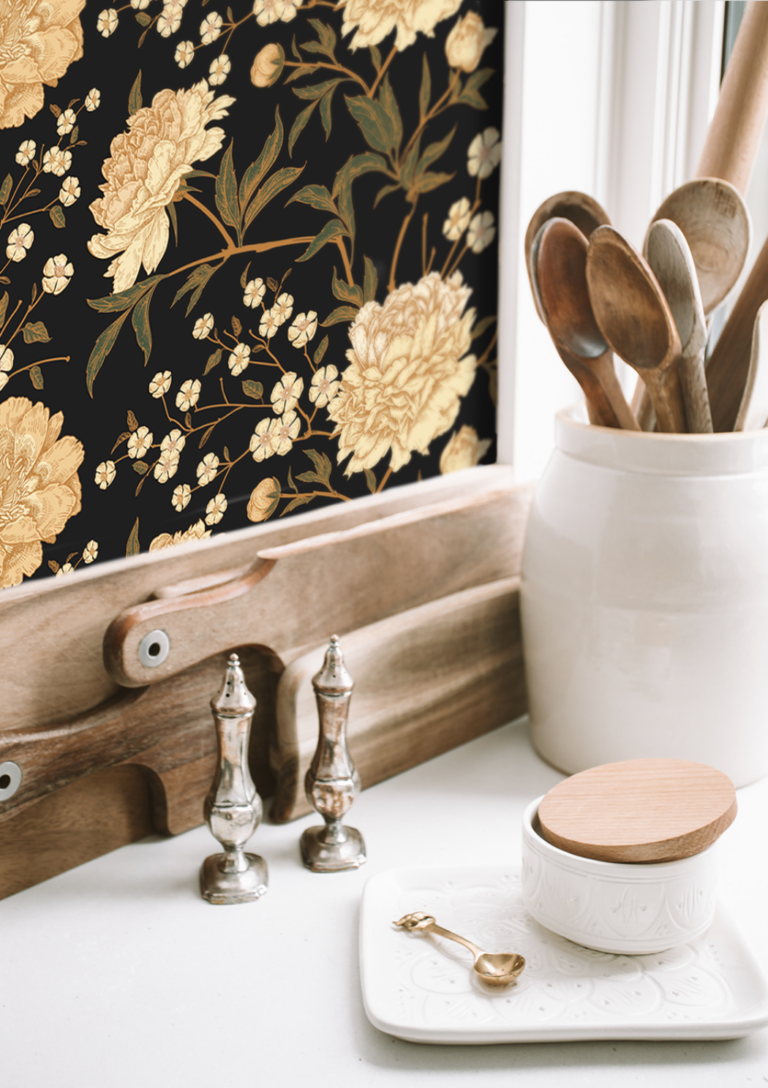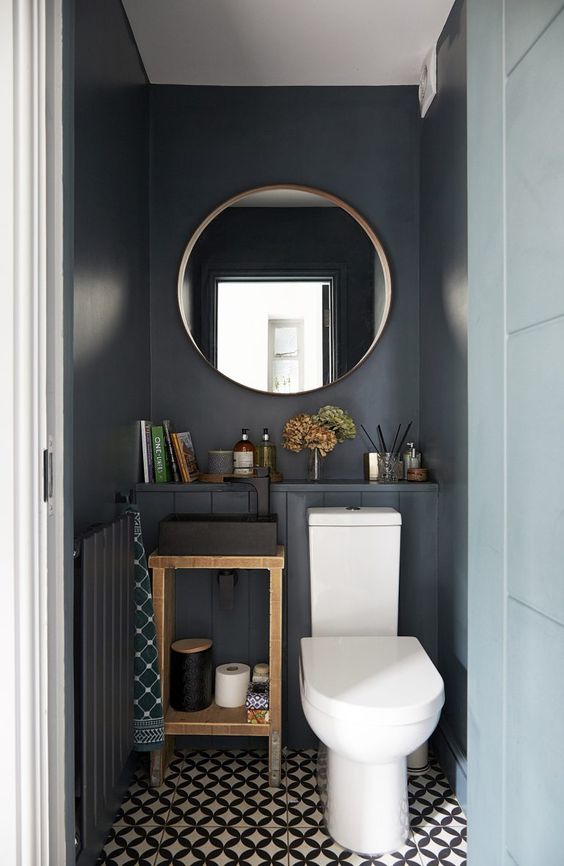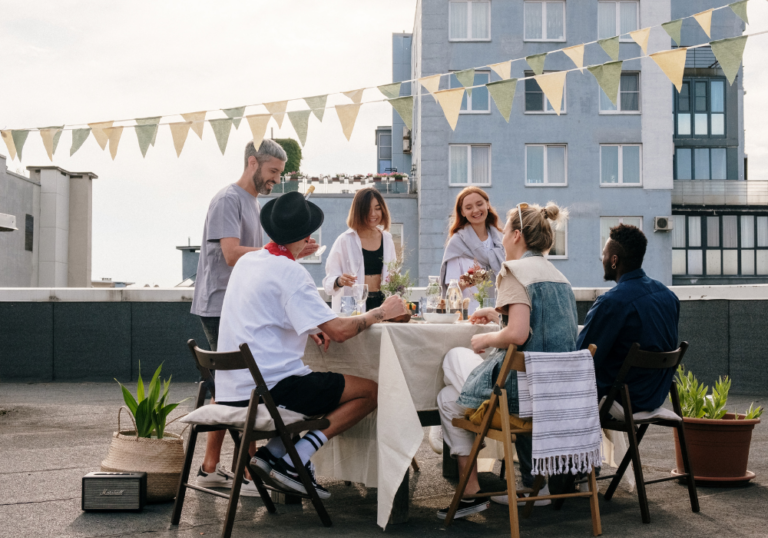Installing a new kitchen can be a costly, time consuming, disruptive job that simply isn’t required. If most of your kitchen is absolutely fine, all you really need to do is change a few simple things and it will look brand new; only you won’t have spent a fortune changing everything in sight.
New cupboard doors (or a good coat of new paint on the old ones) and hardware can go a long way to changing the entire look of your kitchen. Something else that will bring a bit of sparkle and shine to the room is a new splashback. Installing a new splashback is an inexpensive way to make the kitchen lighter, brighter, and fresher too. But should you install acrylic or glass splashbacks? There are pros and cons to each, and we’ve put together some information for you to ensure that you pick the right material for you.
Colours
If you love bright colours and want to completely change the style of your kitchen, or you’re looking for something more neutral that will mean you can use accessories to add splashes of colour to the room, you’re in luck with both acrylic and glass splashbacks. There is a huge range of colours each one perfectly suited to a different style of kitchen, or even your own tastes. You can even choose a combination of different colours and create your very own pattern or design. Splashbacks should be beautiful, and they should be exactly how you want them to be.
Placement
If you’re planning to place your splashback behind a heat source (including – perhaps especially – at the rear of a hob, particular those using either electric or gas), then glass is going to be your best option, as long as it is toughened, and a good distance away from the heat. Beware, though, they may still crack. As for acrylic, that’s should never be used behind a heat source. It’s best to check with your supplier about whether what you’re buying is going to be suitable for every spot in the kitchen. It may be that you use glass or acrylic everywhere except for behind the hob when kitchen tiles may have to do the job instead.
Cost
A lot can depend on a budget, and a lot can change because of it. If your budget is a smaller one, acrylic is going to work best for you – it’s generally less expensive than glass. If you have more cash to spend then glass is a good option for you. It does cost more, but it tends to last longer as well. It all depends on your requirements now when it comes to cost, and how far you can make your budget stretch. If glass is something that sounds tempting, you can see what we offer here.
Maintenance
If you detest getting stuck into the housework, picking acrylic splashback is a good idea. They stay cleaner for longer because they don’t attract dust (although they will still need to be wiped down with a soft cloth and soap and warm water from time to time; chemicals are not required, however). Glass takes more care and attention – it does attract dust, so will need to be cleaned more regularly than acrylic does. It’s not just dust either; fingerprints stick very nicely (or not so nicely!) to glass, and glass splashbacks are no different. Although soapy water will clean your glass splashbacks, it may also leave them streaky, so you might want to opt for a specific glass cleaner, or use a solution of vinegar or lemon juice in your water to prevent streaks.
Durability
As might be expected with glass, unless it is specially toughened, it can break. Although it’s unlikely that you’ll manage to break a splashback, given where it is going to be located and the minimal number of times you’ll actually have to touch it, if you caught it with a heavy saucepan, for example, it could certainly crack if made of glass. Acrylic splashbacks are much more durable, but they can be more easily scratched than glass. When choosing the right material for your kitchen, take note of how it is going to be installed, and most importantly where. Will it be in a ‘danger zone’ where it could be damaged? If so, acrylic might be your best option when it comes to long lasting durability.
Installation
Glass is heavier than acrylic, so it will need stronger adhesives to bond it to the wall. It may even need supports, depending on how smooth your wall is, and how heavy the glass is. Acrylic splashbacks are extremely light, so installing them isn’t going to need too much in the way of additional equipment. This shouldn’t affect your choice when it comes to which material to choose for your gorgeous new splashback, but it is something to bear in mind so that if you choose to install it yourself, you have all the details and equipment ready to go.
Conclusion
A new splashback can bring the life and vitality back into a kitchen. If it seemed dull, old, worn out, but you didn’t like the idea of spending many thousands of pounds, or of the mess a new kitchen would create, it is the ideal option. Glass and acrylic both have many benefits to them, and it is the (minimal) drawbacks that should make your decision an easier one. Decide on placement, budget, and pattern or colour choices, and then you can decide whether glass or acrylic meets all your requirements.
Whatever your findings, there will be a style and material that works for you and gives you a stunning kitchen that looks new without the hefty price tag and months of disruption.











